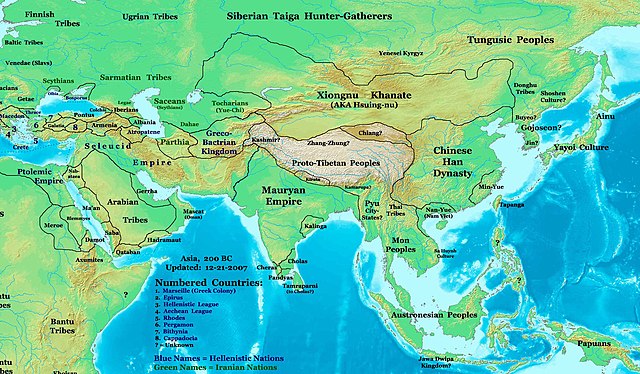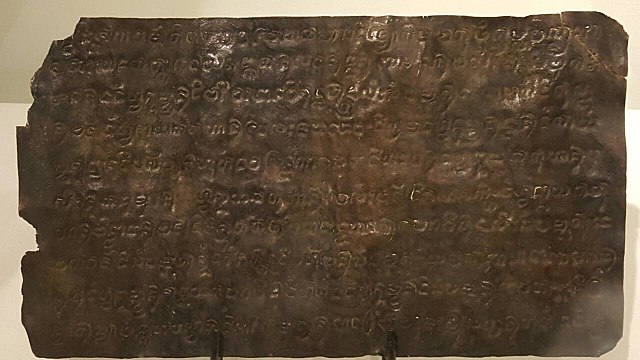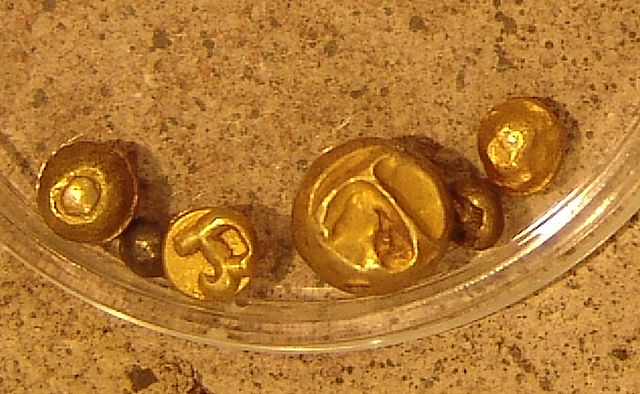History of the Philippines
The history of the Philippines dates from the earliest hominin activity in the archipelago at least by 709,000 years ago. Homo luzonensis, a species of archaic humans, was present on the island of Luzon at least by 134,000 years ago.
Docking station and entrance to the Tabon Cave Complex Site in Palawan, where one of the oldest human remains was located.
Asia in 200 BCE, showing the Sa Huỳnh culture in Mainland Southeast Asia and the Philippines in transition.
The Laguna Copperplate Inscription, c. 900 CE. The oldest known historical record found in the Philippines, which indirectly refers to the polity of Tondo
A collection of gold Piloncitos stamped with the Baybayin character for "Ma" possibly representing the nation of Ma-i.
Hinduism in Southeast Asia
Hinduism in Southeast Asia had a profound impact on the region's cultural development and its history. As the Indic scripts were introduced from the Indian subcontinent, people of Southeast Asia entered the historical period by producing their earliest inscriptions around the 1st to 5th century CE. Today, Hindus in Southeast Asia are mainly Overseas Indians and Balinese. There are also Javanese and Balamon Cham minority in Cambodia and south central Vietnam who also practice Hinduism.
The Hindu Balinese temple offering in Bali, Indonesia.
Hindu devotees during Thaipusam festival in Singapore.
Statue of Buddha at Angkor Wat converted from statue of Visnu.
Angkor Wat, in Cambodia, is one of the hundreds of ancient Hindu temples in Southeast Asia.








